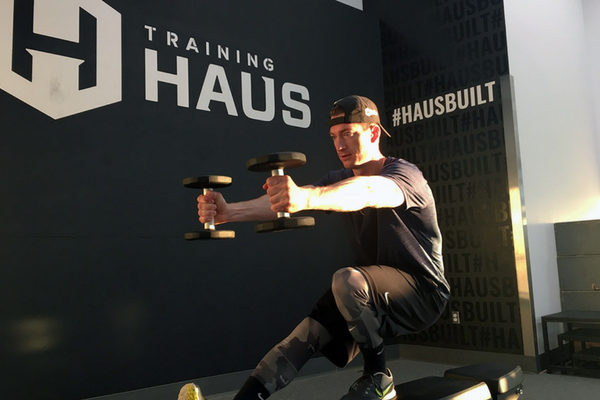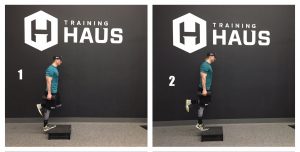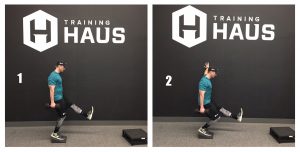
Finding Balance: A Scientific Approach to Tendon Performance and Health
A foundational goal at Training HAUS is to help athletes achieve a competitive edge by increasing sport performance while reducing the risk of injury. One of the more common issues athletes can experience in their pursuit of optimal sport performance is tendon pain, which usually is due to a training error or lack of understanding the difference between tendon and muscle tissues.
The tips and info below can help you find the best health for your tendons as you train.
Tendon & muscle differences
Muscle is 95 percent cell material, and a tendon is about 5 percent. Cells help tissues recover and repair between intense training sessions. For this reason, tendon recovery can be much slower than muscle recovery. The delay in recovery predisposes the tendon to weakening and breakdown during periods of frequent, intense training.
How performance training can lead to tendon pain
Strength and power training tends to make a tendon stiffer and can help improve athletic performance, but with an increase in stiffness comes a decrease in a tendon’s ability to stretch. Training also causes damage to a tendon protein called collagen. Repeated collagen breakdown without enough recovery can trigger tendon pain called tendonitis (the medical word for tendon inflammation). In order to help a tendon recover after training, the damaged collagens need stretching. If a tendon is too stiff, stretching doesn’t occur easily within the damaged collagen and limits its recovery potential.
Exercises to improve tendon recovery & health
Specific exercises to address tendon health can be a missing component of an athlete’s training program. The trick to maximizing tendon health, whether you have tendon pain or not, is to train your tendons with HEAVY and SLOW exercise. This type of exercise will:
- Stimulate a production of a special protein called ERK1/2 within the tendon.
- ERK1/2 will help with the development, recovery and repair of tendon collagens.
- ERK1/2 is stimulated by exercising a tendon for 5-10 minutes with short rest periods.
- Allow for a balance of stiffness and stretch in your tendons.
- As stated, performance training tends to make a tendon stiffer. Heavy and slow exercises help maintain a tendon’s ability to stretch – and can help damaged collagens recover.
Balance tendon health & performance in training
An easy way to maintain and restore tendon health is to add or substitute heavy and slow exercise into a training program using the FITT Principle:
- Frequency: 2 times a day separated by at least 6 hours, 3-4 days per week
- Intensity: HEAVY! Perform 3 sets of the exercise with a weight you can complete just 8-15 repetitions with (3 sets of 8-15 reps)
- Type: SLOW! Perform tendon exercises at a slow tempo (3-4 seconds up/down)
- Time: Perform just 5-10 minutes of tendon exercise with short rest periods between sets (20-30 seconds)
Check out these examples of exercises for the knee and ankle tendons, and if you have any questions, contact us on our website, Facebook or Instagram.


Braidy Solie, DPT, SCS, CSCS

